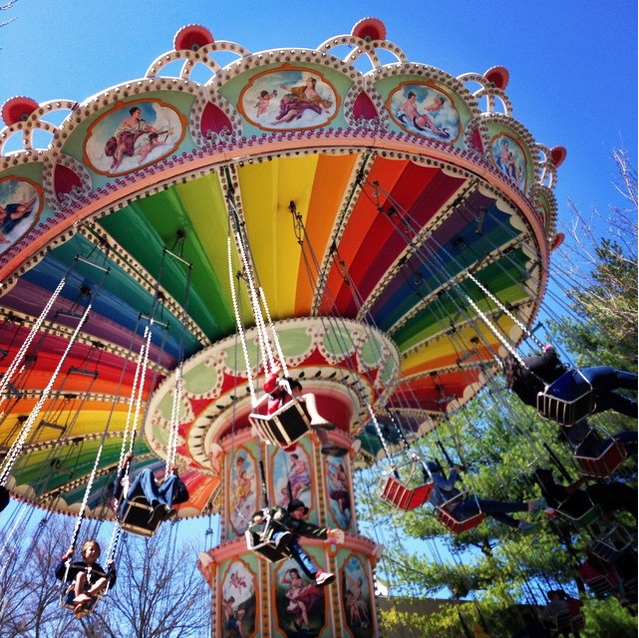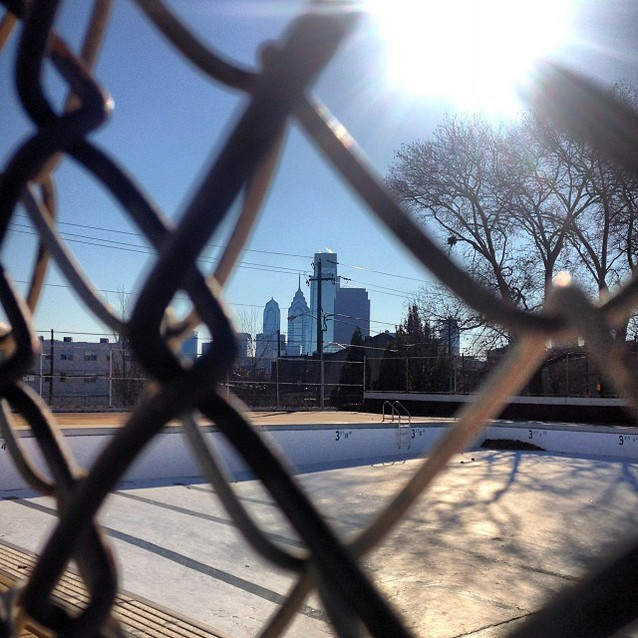July 27, 2015
7 Tips For Better Smartphone Photos

Some photos taken on cell phones are throwaway pics. Maybe you took a goofy selfie with your niece that should not see the light of day. Maybe your phone accidentally snapped a photo in your pocket. For whatever reason, phones can get clogged with unnecessary files that make your albums more cluttered than well-crafted. Next time you whip out your phone to take a photo of family, food or the landscape around you, think intentionally about the picture you’re capturing. Today’s Tech Tuesday conversation will offer tips to make the most out of your phone or digital camera. Here are some advance tips from our guests:
1. Don’t zoom on your cell phone. Cell phones have digital zoom, not optical zoom. So you’re just cropping the photo when you zoom. It’s better to take the full shot and capture the maximum amount of information, then crop it later with editing apps or software.
2. Take a point-and-shoot camera along if you want optical zoom and more megapixels than your cell phone gives you, but don’t want the weight and size of a DSLR.
3. Shoot through your polarized sunglasses lens to get the look of a polarizing filter. This will darkens skies ever so slightly to help manage reflections and glares.
4. Make sure all subjects in your image have similar lighting. In a picture of your family with mountains in the background, neither should be in the shade or you won’t be able to see it well in the photo.
5. In landscape shots, put something interesting in the foreground. Have one thing that’s near you and one that’s far. If you’re shooting a mountain, put a flower or an outcropping of rocks in the foreground rather than an empty field that’s boring to look at.
6. What’s my subject? What story am I trying to tell? Those are the questions to ask yourself when you’re deciding what to shoot.
7. Think about the purpose of your photo. If you want to capture a thing you saw, like a landmark or an object at the market, use a tight focus to isolate it. If you want to tell a story – to convey where you are and what’s happening — pull back a little and include the stall in the market where the object sits.

Eastern State Penitentiary, a former prison in Philadelphia, Pa.
All photographs courtesy of Ruth Tam




